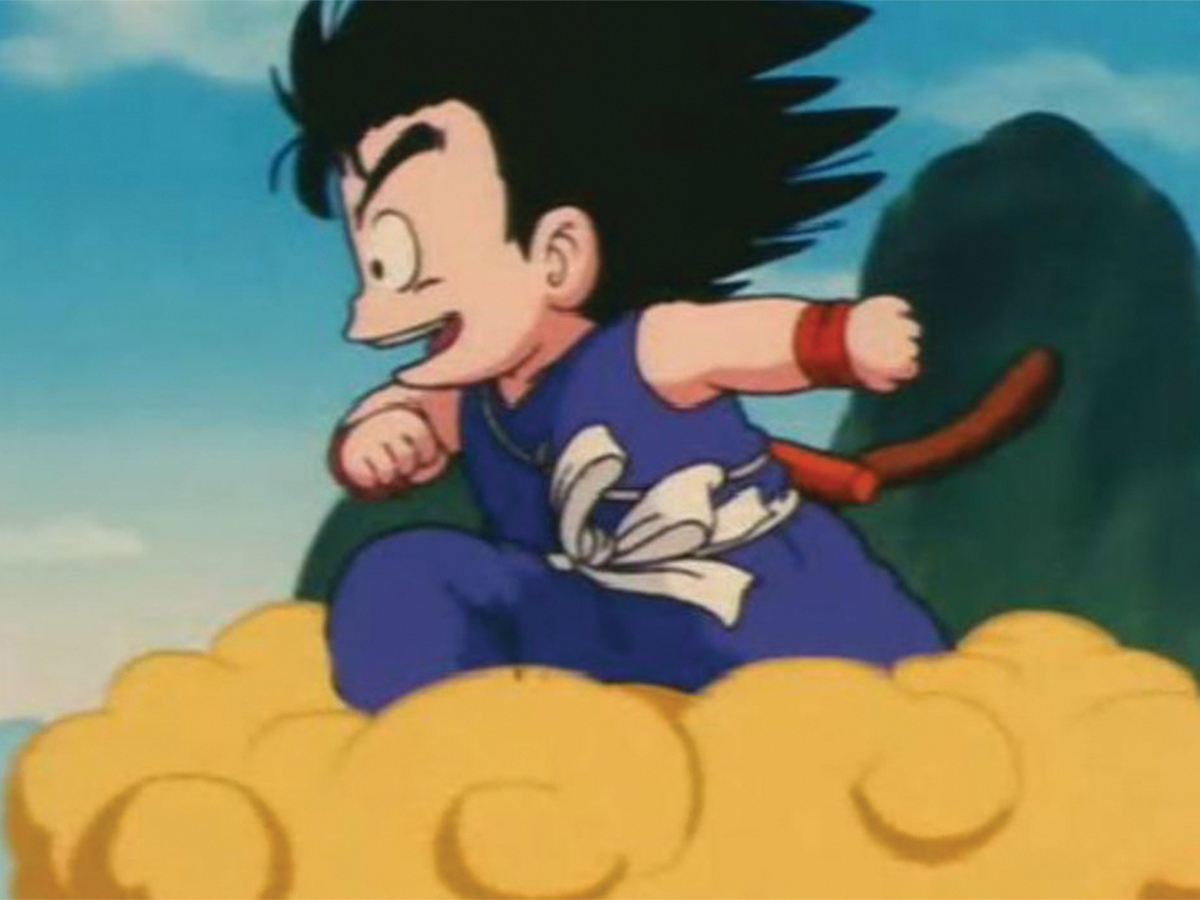
“Dragon Ball” is possibly one of the most recognizable and beloved anime of all time. Many think of the sequel, “Dragon Ball Z” (DBZ), when referring to the series overall. It’s fast paced action, electrifying transformations and amazing fights have captured the hearts of many since its inception in 1989. It has become the de facto example of a great battle anime due in part to its lovable protagonist, Son Goku. The character has become a household name and synonymous with the series as a whole. He is even a cultural icon for Japan as Goku will help represent the 2020 Tokyo Olympics as it’s official ambassador. Yet, Goku’s origins and original series as a whole is widely overshadowed by its much more popular sequel. In fact, “Dragon Ball” is certainly a much more compelling and focused series than DBZ.
In the early 80s, manga artist Akira Toriyama was creating “Dr. Slump” for weekly manga magazine, Shonen Jump. This series was a simple and lighthearted gag manga; yet, Toriyama would create something more serious with the original “Dragon Ball” on Nov. 20, 1984. The series focused around a young boy named Goku and his adventures to become the greatest martial artist in the world. He understands what it means to be a noble martial artist as fighting is what allows him to change the world for the greater good. This new series allowed Toriyama to try his hand at crafting a dynamic story, satisfying battles and complex characters. While the series retained “Dr. Slump’s” silly humor at times, it greatly expanded upon its story beats to resemble the popular Chinese legend, “Journey to the West.” Using the famous and timeless story as a framework, Toriyama was able to create a very compelling and deep story while reverberating the original legends’ character archetypes and themes.
Despite the story being based on a well-known legend, the best part of “Dragon Ball” is the limited scope of its story and action. While its sequel series would introduce new characters and transformations to make them stronger, the original takes a more simple approach to showing growth. Throughout the series, Goku trains under a wide variety of masters that aid him in his journey to become stronger. People like the turtle hermit Master Roshi who continually challenges Goku to not grow stagnant or plateau but rather he urges him to keep improving as a fighter and to never feel complacent. This is a theme Goku would continue to reverberate to others for the rest of his life.
Yet, this is compounded with the type of action the original “Dragon Ball” chooses to highlight. Each fight is orchestrated carefully to display the characters’ abilities and talents to the fullest. Such is the case when Goku is pitted against King Piccolo who killed the wish granting dragon Shrenron. The battle shows the audience the full strengths of these characters and uses the action effectively. Thanks to the series early stages, this fight serves as a grand display of the characters’ abilities because of its pacing and emotional weight. Unlike the series sequel, these early battles aren’t bogged down by lengthy and pointless transformation scenes the series is known for. It was certainly a simpler time in “Dragon Ball” where the fighting was an intimate display of characters’ strength, not tasteless transformations. Even the characters introduced in the original series have engrossing arcs and are affected by Goku’s interaction with each of them.
Perhaps the best part of the “Dragon Ball” world is the characters that inhabit it. Goku’s main prerogative is to become the strongest martial artist and this goal leads him to cross paths with many enemies, rivals and eventual friends. While it may seem simple in concept, Toriyama creates interesting character arcs for many of the series characters. For example, Goku’s charismatic and optimistic attitude is what drives his rival Tien Shinhan to befriend him and train alongside him. These other characters learn to appreciate Goku’s goal as he is always looking for a way to surpass his limits and improve as a fighter. The series would also introduce unique antagonists like Tao Pai-Pai who is crass and sadistic, a perfect foil for Goku’s positivity. Their interactions serve for interesting character moments that highlight their differences as Goku’s plight to be stronger overwhelms Tao as he succumbs to his own hubris in underestimating his opponent. It’s characters like Tien and Tao that make “Dragon Ball” much more special and unique in comparison to DBZ.
“Dragon Ball” is one of the most important pieces of Japanese media as it’s influence stretches beyond the scope of just manga and anime. By adapting the “Journey to the West” and creating a fulfilling story with interesting action and character moments, “Dragon Ball” has cemented itself in history as one of the best adapted pieces of media. It highlights many important themes, including the idea of defeating one’s self in order to overcome one’s limits to become stronger. The series’ main theme of self-improvement allows Goku to change others around him because of his flat character arc, which makes the world feel improved and changed for the better because of his interactions with those he crosses paths with.
Today, the original “Dragon Ball” can be experienced in its original manga or adapted TV anime. It’s a timeless and classic series that is worthy of a replay for new and old fans who may have not had the chance to appreciate its simplistic, yet fulfilling storytelling.







